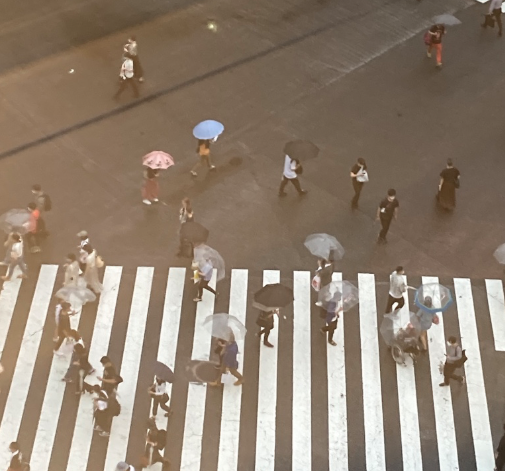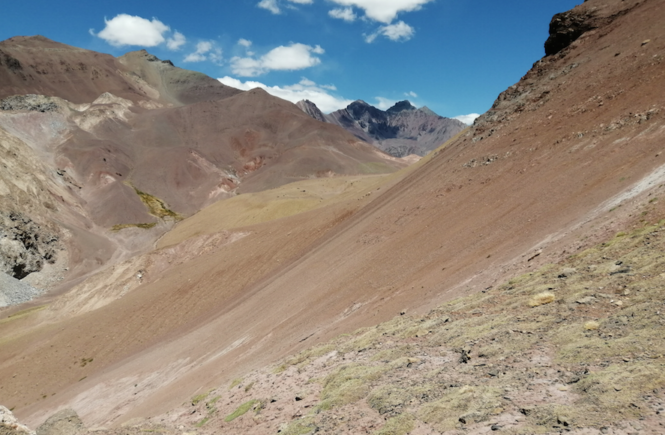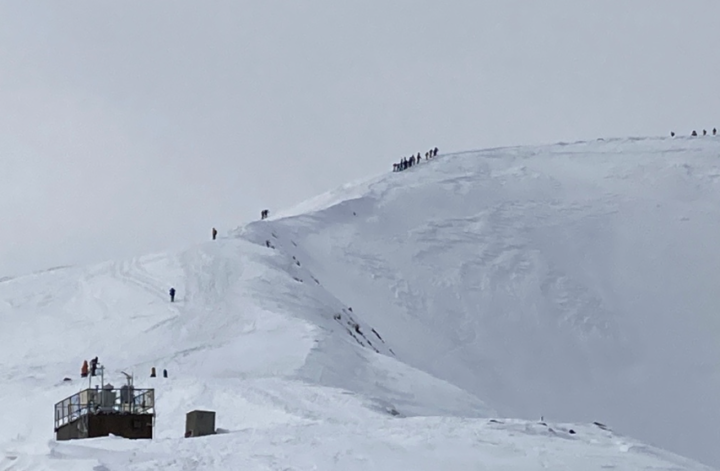Just my favourites from the obvious options to escape the megalopolis…
Kamakura .. for the ZEN atmosphere

If I had to chose ONE detour from Tokyo, I’d opt for Kamakura. It’s fairly close and accessible by train (little more than an hour, directions from Shinagawa Station here) and there’s a bunch to see without being overwhelming for a single day. Contrary to many destinations in Japan, it is actually enjoyable to walk around the city, as there’s a lot of green, wooden houses, shops and nice cafes. While clearly catered towards the tourist, it maintains a certain style and the vibe is relaxed in general. While not its main attraction, it’s also a beach town, so the surf mode is on (as evident by shops and brands, just to name a few…).
Kamakura was one of the capitals of Old Japan under the shogunate (before Kyoto and after Nara, in the XI to XIV Century) and during its dominance the samurai gained power. To simplify, historically, power shifted from the Imperial family to the military (the shogun and the samurai caste); the formal power was always in the hands of the Emperor, but at different times it were the samurai who held effective control over different parts of the country. Power in the hands of the people is an innovation introduced after WWII. In the Kamakura period, the contacts with China were prosperous and frequent. As Buddhism, after originating in India, was imported to Japan through China, mostly by Japanese scholars, Kamakura became the country’s main centre for Zen Buddhism. Again oversimplifying, Zen is the outcome of the Buddhist philosophy filtered by Chinese thought and spirit (I’ve borrowed the audacious definition from this very long but equally interesting book, which I recommend to anyone visiting Japan interested in Zen).


Meigetsu-in might be my favorite Buddhist zen temple so far: it’s right by Kita Kamakura station. As I visited during the pandemic, the temple was uncrowded and the inner garden was open. Besides from the famous oval window, *there’s also a rock garden*. There is also a tea house, which really feels like a living room filled with antiques: praise the Japanese because far from being creepy, it’s both cozy and stylish. There are different temples in the area: this is the biggest one and you’re likely to cross ways with monks when visiting: in the main room there is a huge Buddha sitting on a lotus flower (only the face is the original carved figure, everything else was reconstructed as it succumbed in a fire) and on the ceiling a dragon towers fierce, of the same style you can spot in Kyoto. The landmark of the city is the Daibutsu: the great Buddha. As most great things it inevitably disappoints, but right next to it is the magnificent (Shin) Hasedera temple (Jodo sect, you will be able to feel it is not a zen temple as it is less minimal). Composed of many shrines, there’s also a part inside a cave which is quite spiritually suggestive.




On the other side is Hakokuji – and if you chose to visit one temple I think you should visit this one – it has a very nice (and uncrowded) bamboo grove.
Besides from the general relaxed vibe, for Japanese standards there is an unusual closeness to nature (I had never seen a red dragonfly before). There are also pretty great shopping opportunities for pottery, clothing (both traditional and modern), handbags and so on – every time I visit I leave with something new and gifts! You can even hike between sights.
The main shrine kind of oversees the city, so it is quite impressive. On the way there, the building hosting this museum is interesting (the entrance is worth just to have a look around its walls) but maybe you’ll get the best view from the restaurant facing it. Across the city, smaller shrines and temples rarely located in the map are worth exploring and are actually one of the main attractives of Kamakura.

In Kamakura there is a decent amount of shade and you can get anywhere walking. Trains between Kamakura and Tokyo through Yokohama run incessantly during the daytime.

Hakone – for views of Mount Fuji, art and onsen

Hakone is a bit further away from Tokyo (almost two hours by train, directions here) yet offers a wide range of possibilities. IF the weather cooperates, as far as views go, Hakone does deliver: there’s abundance of hiking trails and on a sunny day the view of Mount Fuji from Mount Kintoki is stellar. The best part is there are many loops just a couple hours away where the summits are deserted. On a weekday it will be only you, the hiker, and Fuji (some stupid cloud eventually). The Kintoki – Myojingatake loop takes around 5 hours in total, including stops and the two summits (I started from Kintoki shrine and descended to Miyagino/Gora). You can make it shorter or longer based on your preference, as there are many different trails. Besides from Mount Fuji which gradually comes into the picture, you’ll see the fumes of Owakudani, the lake, many birds and the sea (you get a 360 on top towards the other side). At any rate it’s worth to check the weather: if it rains (anything more than a light rain) I advise to abort any hiking projects – I mean, the main attraction is views and with rain that’s pretty much ruled out and trails will turn into mud. Plus, there are a bunch of other interesting things to do in Hakone. That said you don’t absolutely need hiking shoes – if you’re used to hiking, trainers should work just fine on a sunny day. The months of November and December are the best for visibility.




A hiking path with no views but immersed in the woods takes you from lake Ashi to a 400 year-old tea house: it’s touristy, but it is maintained just as it was (the floor is made of earth, exceptional in Japan) and it is a rare occasion to have a glimpse at how things used to be in the mythical Japanese past.

Hakone has also some art museums that are worth the trip. The Open Air museum displays mostly Western art and it is quite famous, every piece deserves one’s attention, like this sculpture, which an Italian artist made basing himself on the image of a woman he had seen one morning at the beach 7 years prior to making the artwork (this was my favourite, because it’s fun and colourful). There is an entire pavilion dedicated to Picasso showcasing mostly (fantastic) pottery. But the real gem here is the Okada Museum of Art – which is probably the most expensive art museum I’ve ever been to, but it’s a heaven for anyone interested in art. The first floors showcase Chinese and Korean ceramics mainly (which I tend to be dismissive of, yet here every piece felt like it could tell a story), but I loved the paintings of the permanent collection located on the upper floors the most – I had never seen panelled wood painted so delicately and beautifully. There was an Hokusai exhibit when I visited and somehow it had his best pieces. He is quoted at 80 saying ‘if I had 10 more years, I could become a real artist’. This gives you the level of meticulous detail you are sure to find in his paintings. One room was dedicated to shunga (Japanese erotic prints) which are considered the predecessors of current manga – it’s super interesting (often complicated, as they get so entangled). Now there is a new exhibit (the focus is always on big names of Japanese art), but you get the standard. Some contemporary painters using ancient techniques exhibited here are also quite interesting. I could go on all day about this Museum.

Finally, while the country is a bit obsessed about hot springs, this is the place not to skip it! Due to the volcanic activity this is an absolute prime onsen location and the minerals found in the water have many healing effects. I feel you really can’t go wrong on this, many accommodations have their own onsen, for a day spa I love this indoor/outdoor onsen (it has a really good restaurant with very traditional decor: no shoes! It also features a sauna and a free shuttle to the train station). This one is right in front of the Okada Museum, while catered to families, it is very nice and has both indoor/outdoor pools (they also have cypress pools, which have always a special charm – and good smell – to it).
Two things must be said about Hakone: it gets really crowded during weekends and therefore traffic can be a pain and it is not really structured to be explored by feet. I walked as much as I could, but at some point you just need to take one of the frequent busses (or this train, when possible, which I prefer). Sights are far from each other and there is not really one center; the only road often lacks a proper sidewalk, which can be dangerous if walking. It is by all means better explored if you have your own vehicle and avoid rush hour.
I strongly suggest to stay overnight, mostly because of the weather. You have many high end options but also some very affordable ones: I loved this and this; both are located in Gora.
Nokogiri Yama – for an epic Buddha

Impressive Mount Nokogiri is slightly less famous. It’s about a 2-hour train ride from Tokyo (route here) but can be done in a day as it has one single attractive (which still deserves to be visited!). The way up took me around an hour, immersed in the green lush. Humidity and heat make it a little exhausting (but surely doable). You have views of the city while climbing up. There’s also a ropeway – I feel if you can you should earn the view somehow and walk to the top… On top of the mountain I feel no one could be disappointed as you’re welcomed by a giant statue of the sun goddess carved into stone. Further on there’s a massive Buddha carved into stone *the biggest in Japan*, as commissioned by the Emperor in the 18th century.



The whole mountaintop is a Buddhist worship site (there’s also a temple) and as usual you have to ring the gong to get the deity’s attention before praying (I find this to be genius!). Before the altar there is a small jokoro to light incense as customary. In the area there are a series of small, very expressive statues of worshipers (Arahats), some of which have been decapitated during a persecutory time of the Meiji era, as it often happens in times of accelerated modernization and crisped nationalism. Before both beliefs tended to blend in many aspects as they somehow completed each other (i.e. Shintoism doesn’t have a ritual for burials, so funerary ceremonies tend to be performed according to the Buddhist rite). On the way up you can spot Tokyo’s skyline in-between the trees. As pictured above, the omnipresent couple with the brown poodle is part of the charm. There are decent views from the top as well, particularly because you get to see endless trees from above.

気を付けて !!



